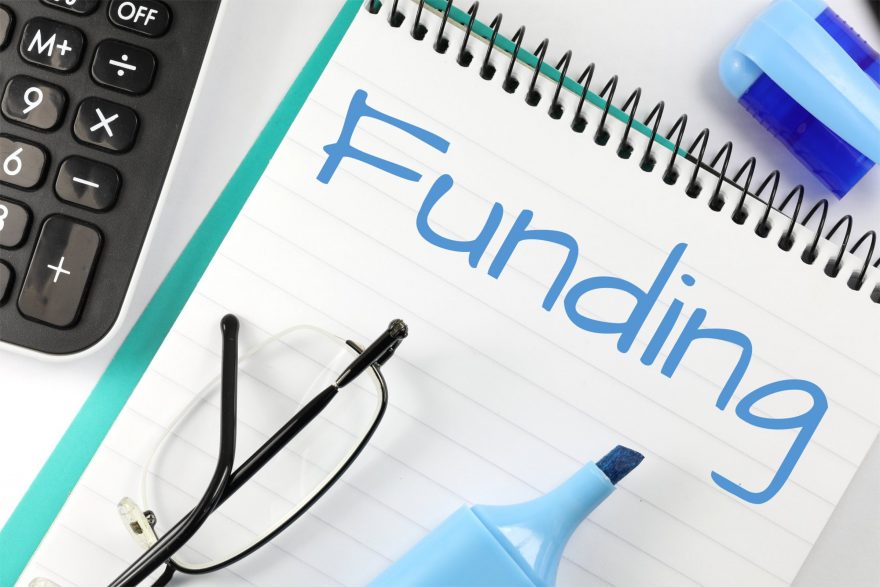Governors Are Pushing for New Spending on K-12. Here’s What’s in Their Plans

As governors across the country unveil budget proposals for the next fiscal year, many are calling for big new investments in K-12 education, a new analysis finds.
A review of state budget blueprints by the National Association of State Budget Officers shows that, despite some early warning sings of a slowing economy, states remain in a strong fiscal position. In many cases, they are proposing record-level funding for education.
Governors are eyeing everything from overall increases in K-12 funding formulas that help determine school district budgets to additional targeted support for mental health services to initiatives aimed at improving teacher pay and retention, NASBO found.
Academic instruction also remained a theme across governor proposals, with the goal of improving literacy, reading, and math.
In Oregon, Democratic Gov. Tina Kotek proposed spending $100 million on evidence-based literacy programs and $20 million on literacy-focused summer programs, according to the review.
Indiana’s governor, Republican Eric Holcomb, established a $20 million incentive program to improve reading scores.
And in New Jersey, Democratic Gov. Phil Murphy recommended putting $30 million in federal funding toward high-impact tutoring and related programs to address learning loss.
“There’s quite a lot of continuity between the themes we saw last year versus this year,” said Kathryn Vesey White, director of budget process studies at NASBO.
“Last year, there was a greater emphasis directly on addressing learning loss from the pandemic. This is a continuation of that, but in a more long term [way].”
Calls to Raise Baseline Support
White also found widespread calls from governors for raising foundational K-12 funding, including increases in the amount districts receive per pupil in Colorado and Nebraska. Some states, such as Rhode Island, proposed plans to adjust the formula to help schools navigate changes in their enrollment.
Tennessee’s governor, Republican Bill Lee, proposed a $350 million increase to the state’s new funding formula.
Other key takeaways from NASBO’s review:
- Governors are calling for “significant new investment” in teacher compensation, with those in Oklahoma, South Carolina, and West Virginia making recommendations to directly increase pay rates.
- Improving teacher retention is also a top priority in many states. Ohio is considering creating a new teacher apprenticeship program. The governor of Illinois, J.B. Pritzker (D), proposed funding a $70 million, 3-year pilot program.
- New Mexico’s governor, Michelle Lujan Grisham (D), proposed $50 million for before- and after- school and summer programs
- A number of governors are also focused on special education. Wisconsin will consider a $1 billion increase in special education aid. In Nebraska, Gov. Jim Pillen (R) is calling for a $1 billion fund for special education, to be replenished annually with $250 million from the state.
For companies looking to sell products or services to districts, these increases at the state level indicate that district budgets will likely remain strong in 2024.
“We still don’t see widespread signs of [an economic slowdown] that are concerning,” White said. “States are extremely well positioned to manage through a potential downturn … Their rainy day funds are at record highs, their cash balances are also at all-time highs.”
Follow EdWeek Market Brief on Twitter @EdMarketBrief or connect with us on LinkedIn.
See also:
